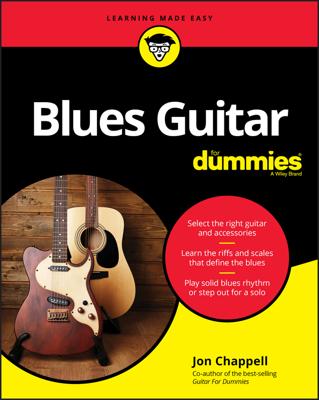An important part of maintaining your guitar is knowing how to adjust the truss rod. When a guitar experiences temperature and humidity swings, such as when seasons change, it can develop a slight bow in the neck that results in a guitar that plays buzzy or is suddenly much harder to fret. If this situation occurs, you can often correct the problem simply by tightening or loosening the truss rod.
The neck of most guitars has what’s known as a truss rod, which is a one- or two-piece adjustable metal rod that goes down the inside of the center of the neck. You can adjust the truss rod with a nut located at one end. Different manufacturers put them in different places, but they’re usually at the headstock, under a cap just behind the nut, or where the neck joins the body, just under the fingerboard.
Some older models don’t have truss rods or, in the case of old Martin guitars, have truss rods that you can’t adjust without taking off the fingerboard.
To adjust the truss rod, you'll need to turn the nut a quarter turn at a time, enabling the neck to adjust after each turn. (You can play during the adjustment time.) The necessary truss-rod adjustment depends on which way the neck bows:
If your neck bows outward between the seventh and twelfth frets, creating a large gap that makes pressing down the strings difficult, tighten the truss rod by turning the nut clockwise (as you face the nut straight on).
If your neck bows inward between the seventh and twelfth frets, causing the strings to buzz and fret out (that is, come in contact with frets they’re not supposed to as you press down the strings), loosen the truss rod by turning it counterclockwise.
All guitars come with their own particular truss-rod wrench, so if you don’t have a truss rod wrench for your guitar, try to find a replacement immediately. (Try your local guitar store first and, failing that, get in touch with the manufacturer.)
If you can’t correct the problem in a few full turns, stop. You may need a qualified repairperson to investigate. Overtightening or overloosening a truss rod can damage the neck and/or body.

